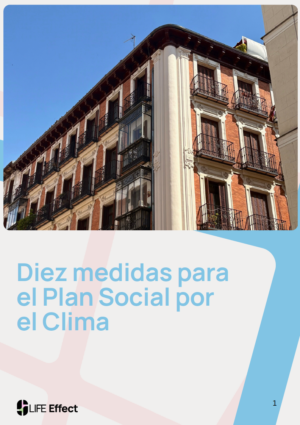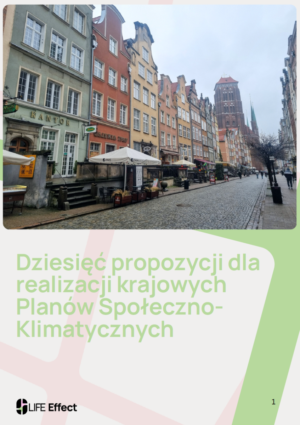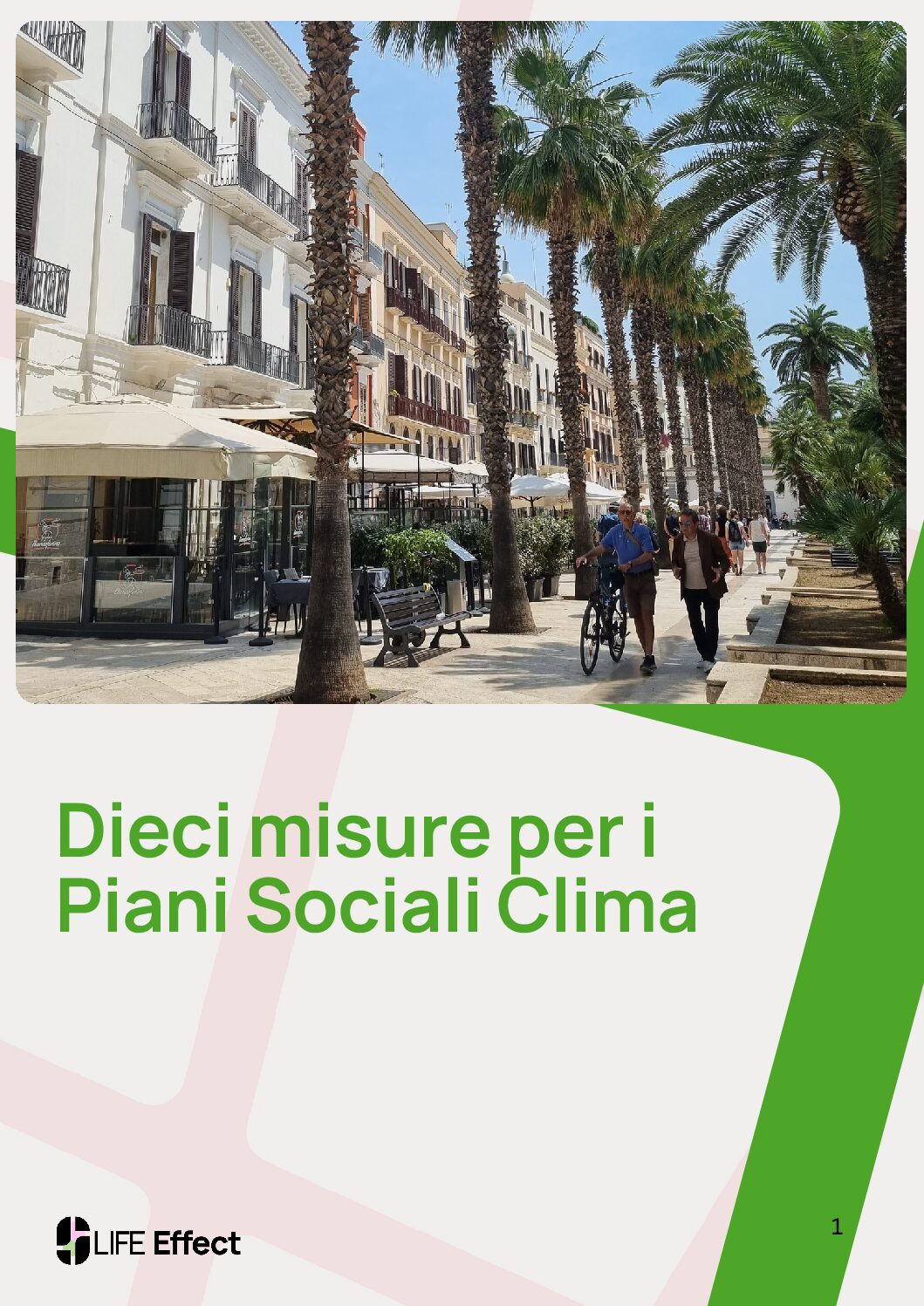
Financing decarbonisation via innovative economic instruments
Buildings use half of the raw materials and energy and one-third of the water in the EU. Rooted in cradle-to-grave thinking, they also generate a third of Europe’s waste. In short, today’s buildings are not fit for the future. Altering the status quo demands innovative policymaking across administrative levels and building lifecycle stages based on the principles of circularity and sufficiency. Reaching the EU targets of a 60% reduction in CO2 emissions and a doubling of renovation rates by 2030 will require more than a carrot-and-stick approach. Transformative financial mechanisms will play a crucial role on the road to net zero, as acknowledged in the revised Energy Performance in Buildings Directive: “Member States shall provide appropriate financing, support measures and other instruments able to address market barriers and stimulate the necessary investments in energy renovations in line with their national building renovation plan and with a view to the transformation of their building stock into zero-emission buildings by 2050″.
The following report from the EEB proposes 22 innovation economic instruments based on circularity and sufficiency to decarbonise the built environment. The instruments can also be explored on this webpage.






